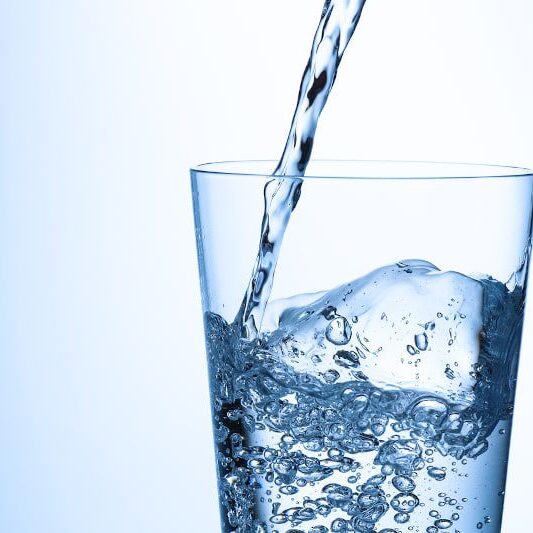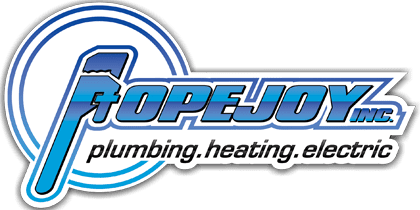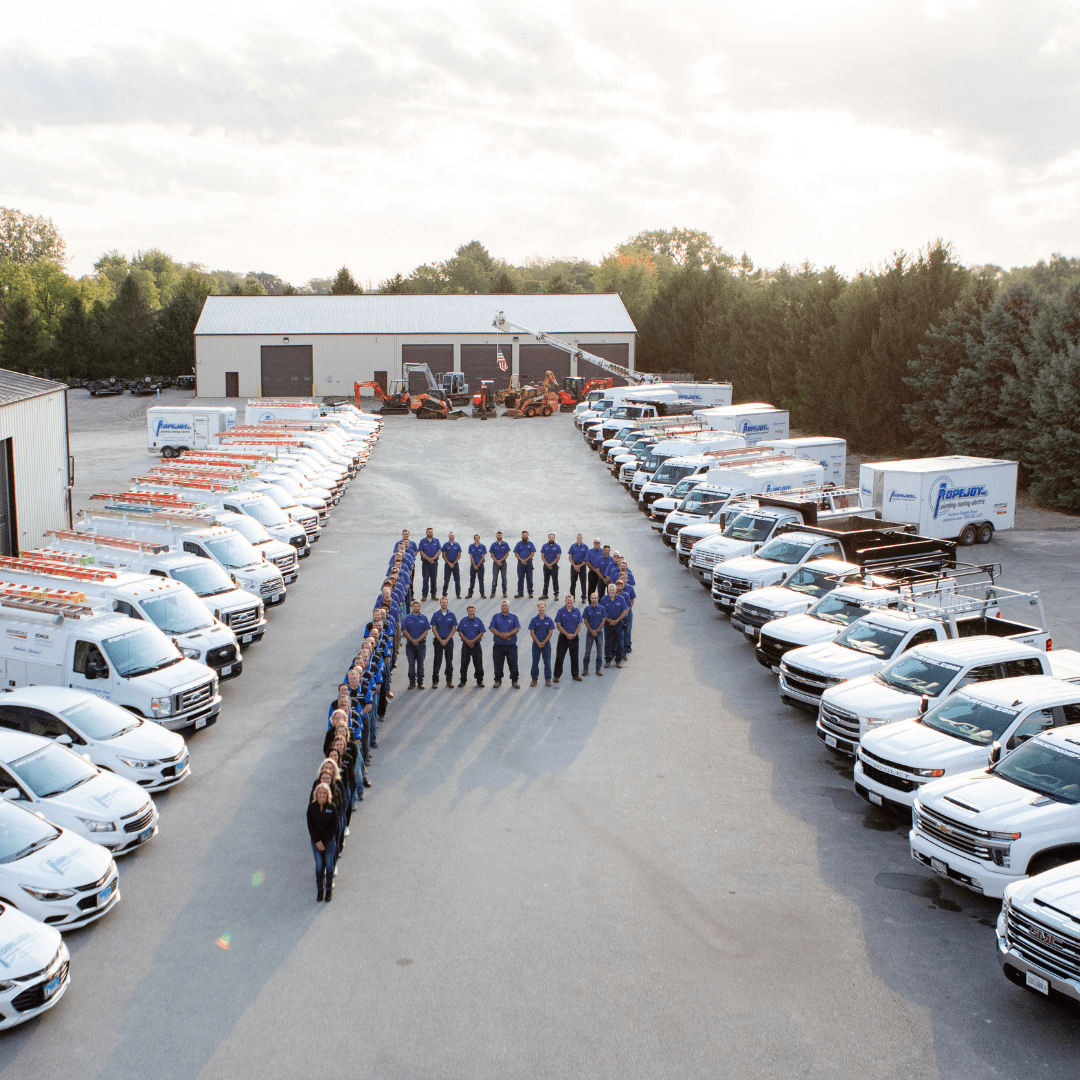How an Air Purifier Will Save Your Air

Allergy sufferers throughout Dwight, Illinois, are often looking for ways to alleviate their symptoms and get some relief. Even those who don’t experience allergies may worry about the quality of the air they breathe at home, since indoor air quality within a building is often much worse than what you breathe outside. Homes and office buildings house contaminants and Volatile Organic Compounds (VOCs) that can make allergies worse. One way to combat this common problem is to install an air purifier within the building, allowing for cleaner, healthier air.
How an Air Purifier Works
One type of air purifier that just about every property owner already has is the filter within the heating and cooling system. This filter sits within the furnace and prevents dirt, dust, pet hair, dander, and other contaminants from entering the system. The density of the filter material limits particles of varying sizes, so a filter with a higher MERV (minimum efficiency rating value) will keep smaller particles out. Clean filters also improve energy efficiency.
When that filter isn’t enough to keep your air clean, an air purifier can make a big difference. These units work similarly to your furnace in that air is pulled into the unit and filtered through a fine sieve. Filters marked with the HEPA (high efficiency particulate air) symbol are guaranteed to trap 99.97 percent of airborne particles that are larger than 0.3 microns. The human eye cannot see particles that are smaller in size than 10 microns, which is why we can’t see bacteria in the air when someone sneezes or coughs.
The filter within your HVAC system will typically capture particles that are 10 microns or larger, so an air purifier can fill in the gap by filtering out traces of asbestos, pet dander, dust, VOCs, smoke, pollen, and other particles that aren’t visible. The size of the purifier you choose will depend on the room size in which you plan to use it. Some high-end brands guarantee that the air in an average room will exchange in the purifier six times per hour.
Eliminating Allergens and VOCs
Since filters within an air purifier eliminate smaller particles, using one of these units in your home can help you breathe cleaner, healthier air. VOCs are a problem that many property owners face. These chemicals evaporate at room temperature, making them harder to see or smell, but can cause serious allergic reactions. Some of the most common sources of VOCs in a home or office building include gasoline, paint/varnish, solvent, newspaper, upholstery, adhesives, cosmetics, fuel oil, air fresheners, moth balls, carpets and other flooring materials, pressed wood furniture, sealing caulks, and secondhand tobacco smoke.
VOC levels are usually higher in indoor air than outside, making this a real problem faced by allergy sufferers. You might experience irritation of the nose, throat, or eyes, nausea or vomiting, headaches, dizziness, or worsening of asthma symptoms as reactions to VOCs. Long-term health effects could include damage to the liver, central nervous system, or kidneys or cancer.
Myths of Air Purification
Some property owners think that when they buy an air purifier, they’ll never have to clean or dust again, which is a misconception. An air purifier exists to eliminate contaminants and allergens in the air, not on the surfaces of furniture or floors in your home. Keeping up with regular allergy-proofing tasks is a critical part of keeping symptoms at bay, which can be done in conjunction with the addition of an air purifier.
Purifiers may also get rid of smoke and other odor-causing particles in the air, but that doesn’t mean they eliminate odors completely. Another misconception is that you can operate your purifier on low and get the same result. When a company claims that the purifier removes a certain percentage of contaminants, this number is typically based on operation on the highest setting. If you’re trying to avoid fan noise, choose a quieter model rather than running it on a low speed.
Learn more about indoor air quality solutions and purification options by contacting us at Popejoy Inc. Plumbing, Heating, Electric at (815) 692-4471.
Image provided by Bigstock
OUR SERVICES:

Free water test
($200 value)
Restrictions may apply. Cannot be combined with other offers. Contact Popejoy for complete details.

